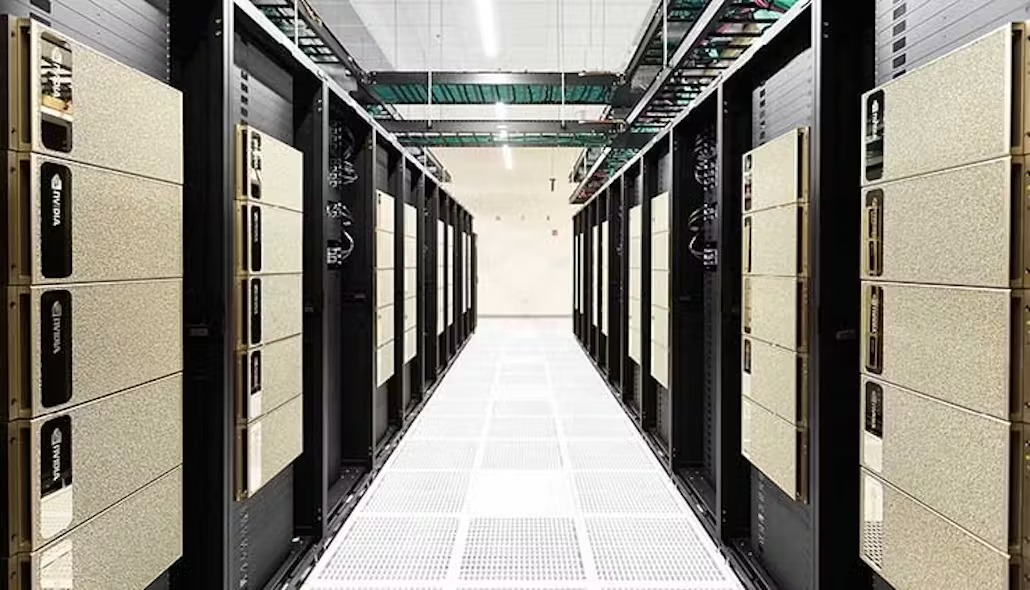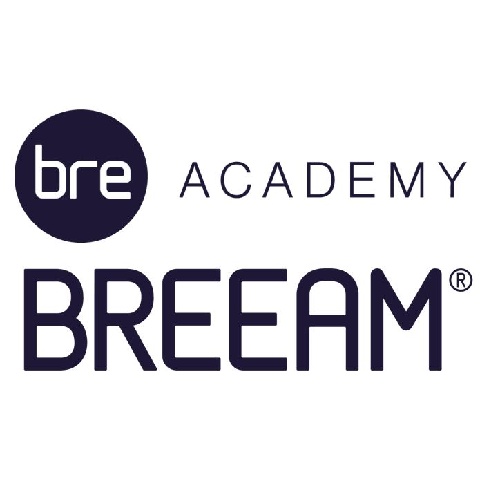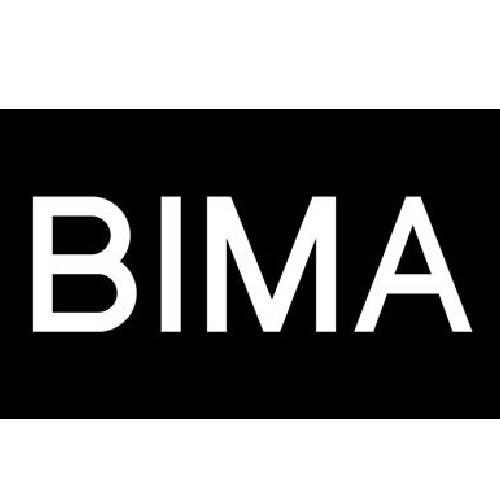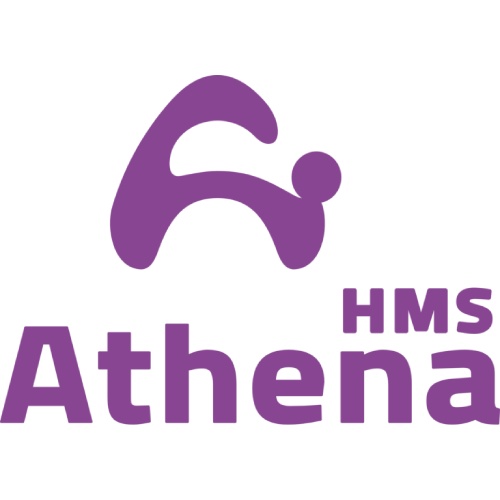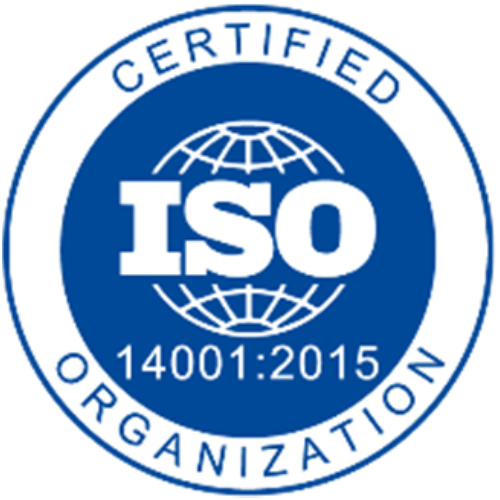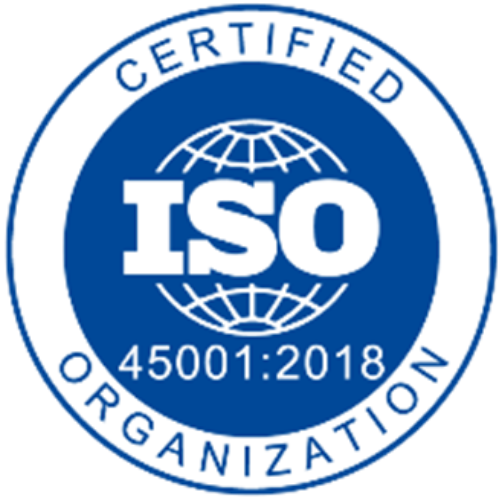In construction activity, the use of VR capacities brings interesting potentials. Presenting BIM models of projects in VR environment redefines communication and collaboration in the field and in the office. The advantage to using VR is in the communication of ideas, concepts, and the vision for the building. This enables all the parties to more quickly reach a full appreciation of the building plan and the distinct discipline projects. The BIM + VR topic require dissemination; application in real cases and pointed out, in reports, achievements, and limitation; following the technologic advances that supports the BIM use and the visualization of data, in real time while the interacting with the model made possible by VR technology. BIM with VR provide an opportunity to analyze and explore BIM models within virtual environments.


BIM technology and VR have the ability to innovate the building industry. At a first perspective, many feel the benefits of using a BIM model with VR are only for improving the 3D model for visual aids, but taking a second perception at a BIM model it reveals diverse reasons to adopt BIM with VR. Collaboration in VR can be the future of VR BIM. The fundamental base of BIM + VR concerns the collaboration as a first step, but the possibility of consult data while walking through the building, improves significantly the use of BIM in design, construction, maintenance, and management. Introducing VR interactive capabilities into 3D/BIM models in the construction process is a main way to test virtually and correct a construction project before the realization, as the walkthrough is available as well the visualization of data linked to each parametric object, improving the necessity collaboration within the design team. So, BIM/VR applications can contribute to reduce costs due to the construction of a real mock-up, and to avoid mistakes on site that generates material wastes.
Understanding the fabrication sequence is much easier using BIM combined with VR. Immersion in virtual reality (VR) helps improve one’s comprehension of both the inside and outside of the fabrication process. Virtual reality (VR) aids in the process of discovering design mistakes more simply than 2D drawings. Traditional 2D drawings make it more difficult to communicate with team members and stakeholders during the building and planning phases of a project than it is with a 4D schedule, which simplifies the process. When analyzing the developed schedule for the project, 4D+VR is a helpful tool. During the planning phase, 4D+VR is helpful in identifying areas that could benefit from increased productivity improvements.
